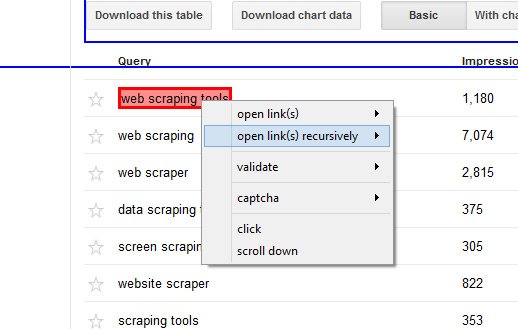
withColumn("birthDate", col("birthDate").cast("date")) The following example shows changing a column type: ((.) To do this, use the overwriteSchema option. You can change a column’s type or name or drop a column by rewriting the table.
#Fminer modify column data update
To drop multiple columns: ALTER TABLE table_name DROP COLUMNS (col_name_1, col_name_2)Įxplicitly update schema to change column type or name To drop a column: ALTER TABLE table_name DROP COLUMN col_name You can then use VACUUM to physically delete the files that contain the dropped column data. To purge the dropped column data, you can use REORG TABLE to rewrite files. )įor example, when running the following DDL: ALTER TABLE boxes REPLACE COLUMNS (colC STRING, colB STRUCT, colA STRING)Įxplicitly update schema to rename columnsĭropping a column from metadata does not delete the underlying data for the column in files. To change a column in a nested field, use: ALTER TABLE table_name ALTER col_name.nested_col_name (COMMENT col_comment | FIRST | AFTER colA_name)įor example, if the schema before running ALTER TABLE boxes ALTER COLUMN colB.field2 FIRST is: - rootĮxplicitly update schema to replace columns ALTER TABLE table_name REPLACE COLUMNS (col_name1 col_type1. Explicitly update schema to change column comment or ordering ALTER TABLE table_name ALTER col_name (COMMENT col_comment | FIRST | AFTER colA_name) A partition with the same keys must not already exist.Adding nested columns is supported only for structs. The definition of the partition to be renamed. from_partition_clause RENAME TO to_partition_clause There is no need to manually delete files after dropping partitions.ĭelta Lake tables do not support renaming partitions. There is no Trash folder in AWS S3, so it is not effective. The catalog has been configured for moving the dropped partition to the Trash folder. The option is applicable only for managed tables. If set, the table catalog must remove partition data by skipping the Trash folder even when the catalog has configured one. If the partition is only partially identified a slice of partitions is dropped. Otherwise, non existing partitions will cause an error. When you specify IF EXISTS Azure Databricks will ignore an attempt to drop partitions that do not exists. If specified this clause drops one or more partitions from the table, optionally deleting any files at the partitions’ locations.ĭelta Lake tables do not support dropping of partitions. If there are files present at the location they populate the partition and must be compatible with theĭata_source of the table and its options. If no location is specified the location will be derived from the location of the table and the partition keys. Path must be a STRING literal representing an optional location pointing to the partition. If the partition already exists an error is raised unless IF NOT EXISTS has been specified. The partition keys must match the partitioning of the table and be associated with values.

Īn optional clause directing Azure Databricks to ignore the statement if the partition already exists.Ī partition to be added. This clause is not supported for JDBC data sources.Īdds one or more columns to the table, or fields to existing columns in a Delta Lake table. The name must not include a temporal specification. Renames the table within the same schema. If the table cannot be found Azure Databricks raises a TABLE_OR_VIEW_NOT_FOUND error.

If you use Unity Catalog you must have MODIFY permission to:Īll other operations require ownership of the table. The cache will be lazily filled when the table or the dependents are accessed the next time. If the table is cached, the command clears cached data of the table and all its dependents that refer to it. To change the comment on a table use COMMENT ON. Applies to: Databricks SQL Databricks RuntimeĪlters the schema or properties of a table.įor type changes or renaming columns in Delta Lake see rewrite the data.


 0 kommentar(er)
0 kommentar(er)
